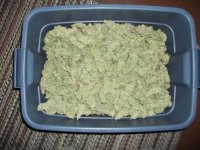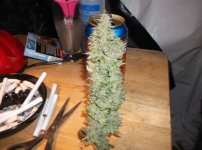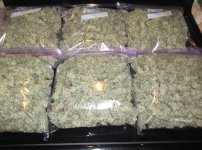Although i agree allot on RID post but what baffles me is when he mentions boiling water to me that is ridiculous . or flooding the rootsThanks riddleme!!! great info.. Can u explain this root boiling a little more please?
Where on earth does root systems get boiled water naturally NO where,,, and what is this method suppose to do help kill your plant ??? why not use Concentrated hydrochloric acid instead, then flooding the root zone Again what is this suppose to do ??? to the plant other then kill it , make it fall over, again most land based plants never got flooded ,,,
The flooding today is not natural or mud slides etc its man made from forrest cutting removal of species of trees that can drink up to 800,000 gallons a year per tree now with these trees gone we see more flooding and mud slides So again its not natural causes
MJ plants are not aquatic plants meaning they will not survive submerged in water they will drown and die
If you don't believe me then go flood your plant in soil leave her under water and watch how she will fall over and eventually die
huge difference between aquatic plants and terrestrial plants so is flooding or drowning your plant a good idea ??? here are the differences between the 2 species you still want to flood your medium and keep it flooded for instance
Land plants are highly specialized for their lifestyles. They get their nutrients from two sources: soil and air. It is the job of roots to absorb water and minerals from the soil, as well as hold the plant in place. Essential materials are transported to cells in leaves by a system of tubes called vascular tissue. then there cousins Aquatic plants Marine plants, called macroalgae or seaweeds, get their nutrients, water, and dissolved gases from seawater. Since water surrounds the entire marine plant, these dissolved nutrients simply diffuse into each cell. For this reason, marine plants do not have vascular tissue to accommodate photosynthesis or to carry its products


 or suffocating to death all you have done is locked up your plant
or suffocating to death all you have done is locked up your plant




